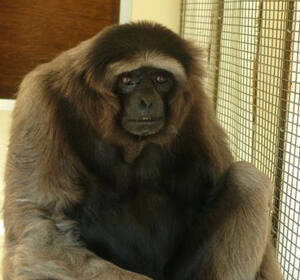
Hylobates muelleri
Hylobates muelleri,Müller's Bornean Gibbon,Bornean gibbon, Miller's gibbon
The gray gibbon (scientific name: Hylobates muelleri) is also known as Müll···
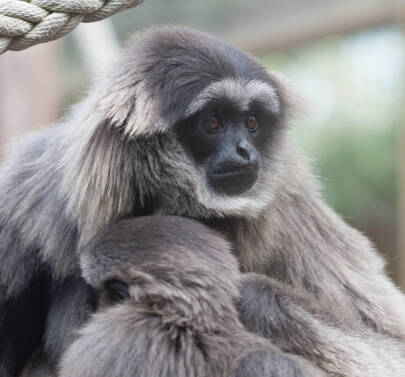
Hylobates moloch
Hylobates moloch,Silvery Javan Gibbon
Silvery Javan Gibbon (scientific name: Hylobates moloch) is called Silvery J···
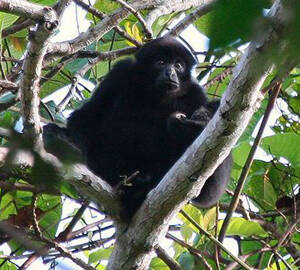
Hylobates klossii
Hylobates klossii,Kloss’s Gibbon,Cross's gibbon, Mentawai gibbon, Japanese gibbon
Kloss’s Gibbon (scientific name: Hylobates klossii) is also known as Kloss’···
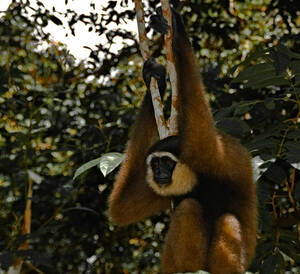
Hylobates albibarbis
Hylobates albibarbis
The white-bearded gibbon (scientific name: Hylobates albibarbis) was once a ···
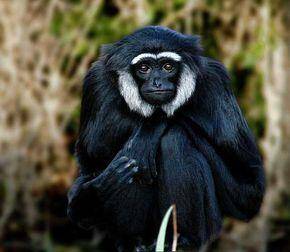
Hylobates agilis
Hylobates agilis,Agile Gibbon,Agile Gibbon
The black-handed gibbon (scientific name: Hylobates agilis) is also known as···
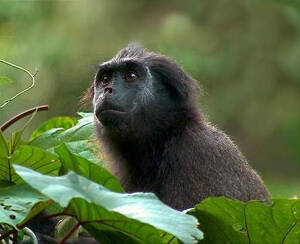
Simias concolor
Simias concolor,Pig-tailed langur,Pig-tailed langur, Bagai Island langur
Pig-tailed langur (Simias concolor) has two subspecies. Pig-tailed langurs a···
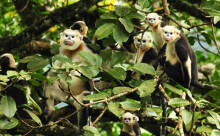
Rhinopithecus avunculus
Rhinopithecus avunculus,Tonkin Snub-nosed Monkey,Tokyo snub-nosed monkey
Vietnamese golden monkey (scientific name: Rhinopithecus avunculus) is also ···
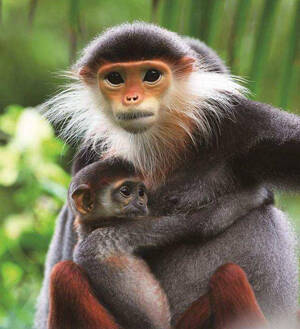
Pygathrix
Pygathrix,Douc Langur,Gray-legged white-shanked langur, red-legged white-shanked langur, black-legged white-shanked langur
Douc Langur (scientific name: Pygathrix), also known as Douc Langur, has thr···
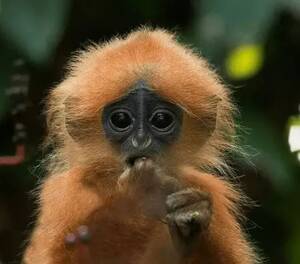
Presbytis rubicunda
Presbytis rubicunda,Red langur, chestnut langur
The scientific name of the chestnut-red leaf monkey is Presbytis rubicunda. ···
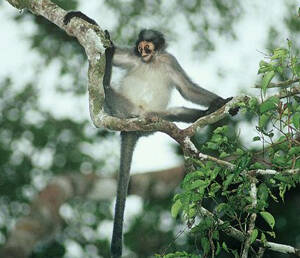
Presbytis hosei
Presbytis hosei,Ho's leaf monkey
Ho's leaf monkey, scientific name Presbytis hosei, moves in groups and i···
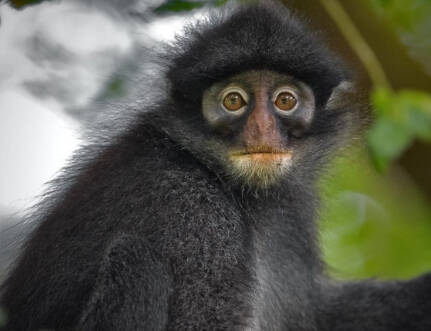
Presbytis femoralis
Presbytis femoralis,Sarawak Surili, Bornean Banded Langur,Sarawak langur, Borneo langur
The scientific name of the Indonesian langur is Presbytis femoralis, and its···

Trachypithecus vetulus
Trachypithecus vetulus,Purple-faced Langur
Purple-faced Langur (Trachypithecus vetulus) has four subspecies.Purple-face···
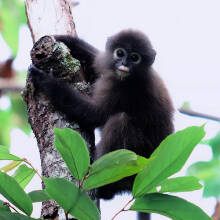
Trachypithecus obscurus
Trachypithecus obscurus,Dusky Leaf-monkey,Dusky leaf monkey, spotted leaf monkey, spectacled leaf monkey
Dusky Leaf-monkey (scientific name: Trachypithecus obscurus) is also known a···
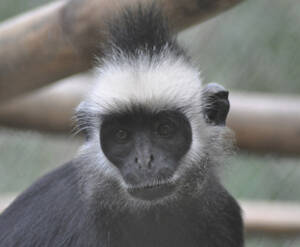
Trachypithecus laotum
Trachypithecus laotum,Laotian Langur,Laotian langur
Laotian Langur (scientific name: Trachypithecus laotum), also known as Laoti···

Trachypithecus johnii
Trachypithecus johnii,Nilgiri Langur,Nilgiri black langur, Indian hooded langur, John's langur, Hooded langur, Black langur
Indian black leaf monkey (scientific name: Trachypithecus johnii) foreign na···
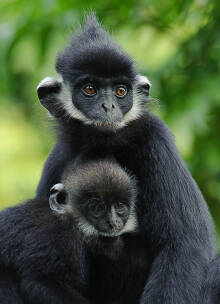
Trachypithecus hatinhensis
Trachypithecus hatinhensis,Hatinh Langur,Ha Tinh black leaf monkey
The Vietnamese black leaf monkey (scientific name: Trachypithecus hatinhensi···

Trachypithecus germaini
Trachypithecus germaini,Indochinese Lutung,Germanic langur, Indonesian langur
Indochinese black leaf monkey (scientific name: Trachypithecus germaini) for···
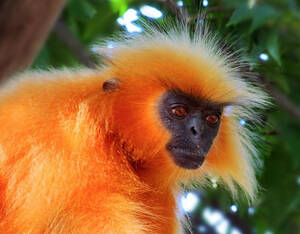
Trachypithecus geei
Trachypithecus geei,Gee’s Golden Langur,Yellow-crowned langur, golden langur, golden long-tailed monkey
Golden Langur (scientific name: Trachypithecus geei) is also known as Gee’s···
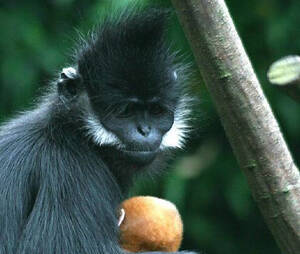
Trachypithecus delacouri
Trachypithecus delacouri,Delacour’s langur,De's black leaf monkey
Delacour’s langur (scientific name: Trachypithecus delacouri) is also known···
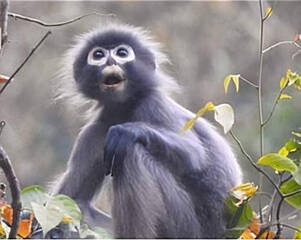
Trachypithecus barbei
Trachypithecus barbei,Tenasserim Lutung
Burmese black leaf monkey (scientific name: Trachypithecus barbei) foreign n···
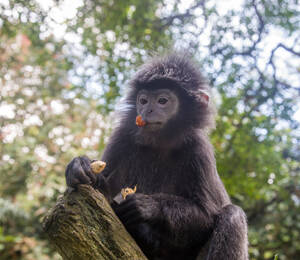
Trachypithecus auratus,
Trachypithecus auratus,Javan Lutung
Javan Lutung (scientific name: Trachypithecus auratus) is called Javan Lutun···
